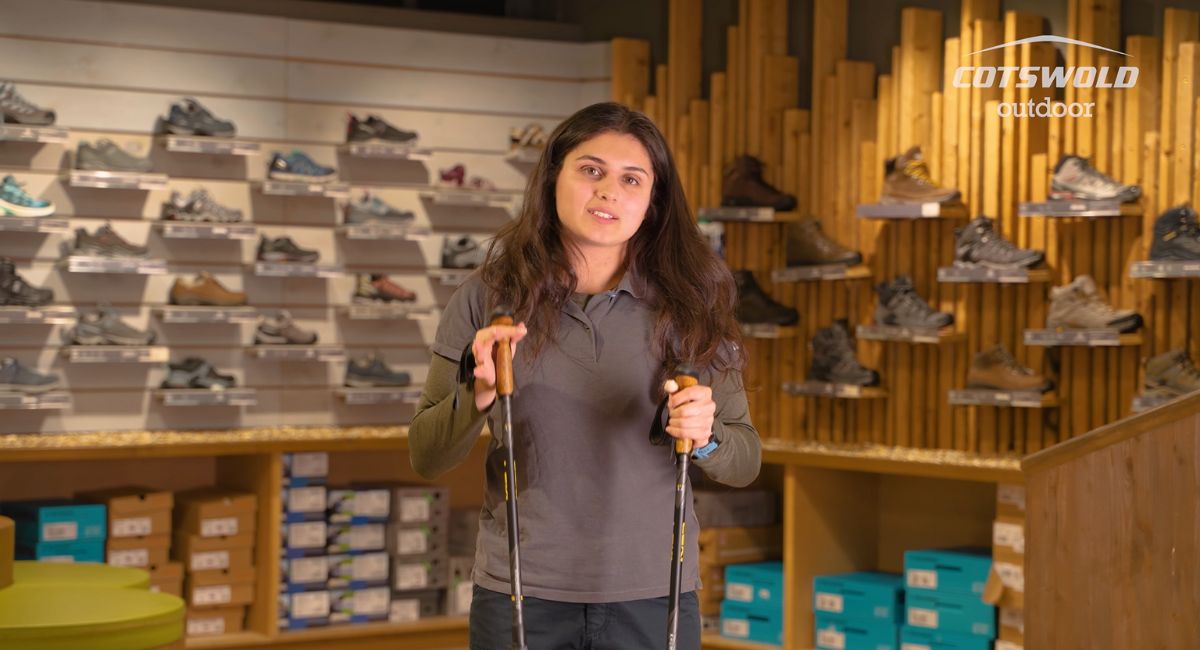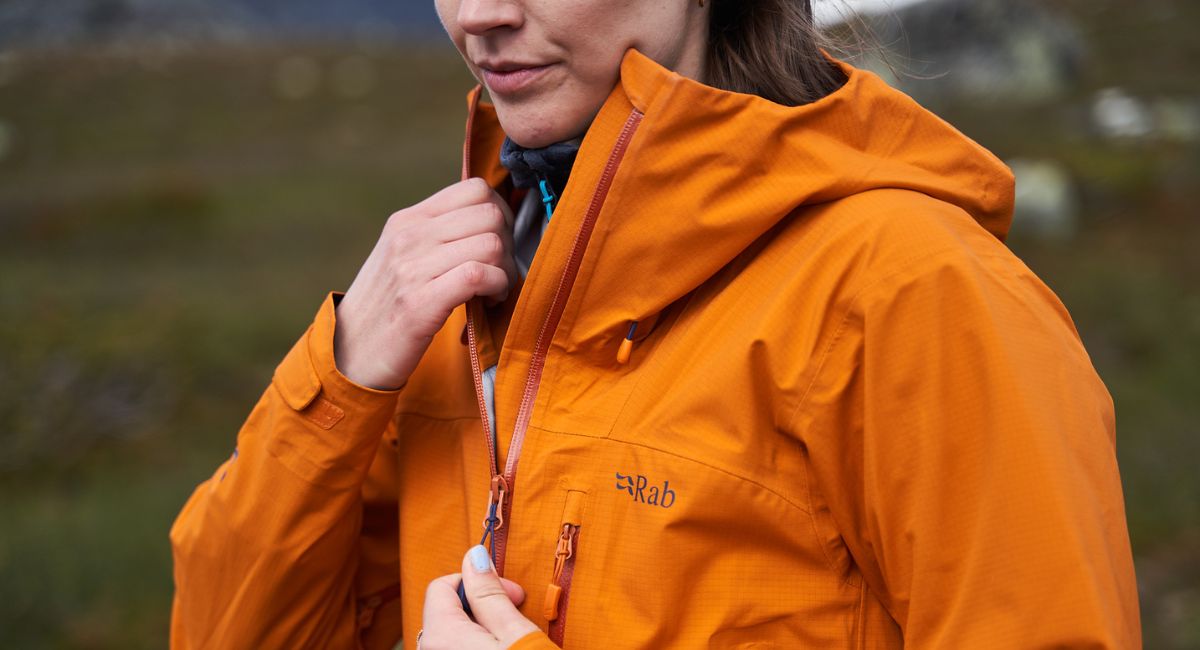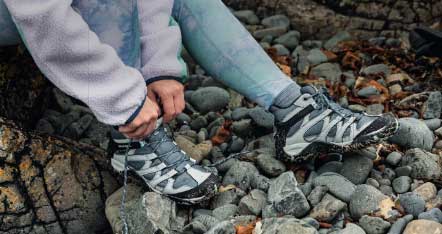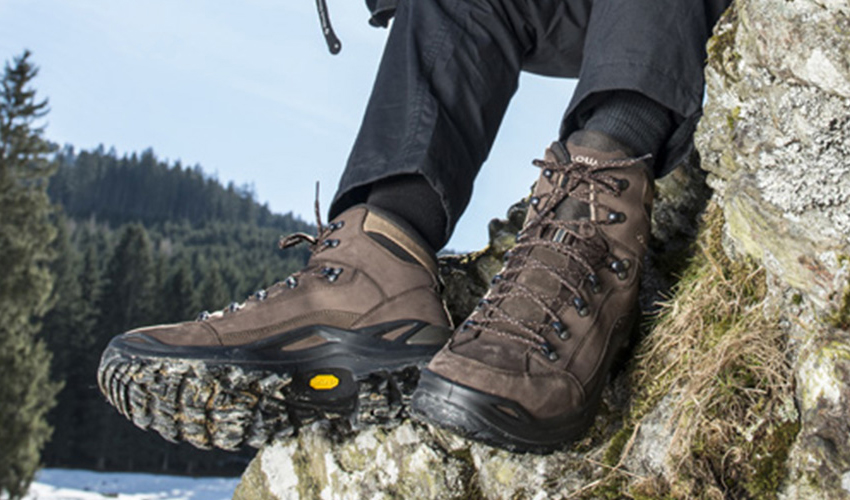Walking Poles Buying Guide
Walking Poles are a mainstay in many walkers’ kits, and for good reason. Walking Poles can greatly reduce the fatigue of walking and offer a full-body workout with every use, as well as providing stability and pain relief to those who struggle with joint and muscle pains. Here’s our full guide to what to look for when choosing your next pair of Walking Poles...
Why Walking Poles Are Essential for Modern Hikers
Biomechanical Benefits
Walking poles redistribute 15-20% of body weight from your legs to your upper body, reducing knee impact during descents. A 2023 University of Colorado study found hikers using poles experienced 33% less muscle soreness post-trek compared to non-users.
Key advantages
- Joint preservation → Redirects 5-7 tons of cumulative force from knees during a 10-mile hike.
- Balance enhancement → 360° stability on scree slopes, river crossings, or icy paths.
- Calorie burn → Engages 90% more upper-body muscles vs. pole-free hiking
Terrain-Specific Performance
- Rocky trails → Carbide tips prevent slips on granite/limestone.
- Snowfields → Powder baskets keep poles surface-floating.
- Urban walks → Rubber tip protectors reduce pavement noise.
Walking Pole Types: Choosing Your Trail Companion
Telescopic vs. Folding vs. Fixed-Length
| Feature | Telescopic | Folding | Fixed-Length |
|---|---|---|---|
Construction Material |
Aluminium (7075-T6) or Carbon Hybrid |
Carbon Fibre Hybrid | 100% Carbon Fibre or Aluminium |
| Adjustability | 20–30cm (lever-lock or twist-lock) | Fixed segment lengths (Z-style) | Non-adjustable |
| Collapsed Length | 65–75cm | 35–40cm | 100–130cm (full length) |
| Weight (per pole) | 280–320g (aluminium) 240–260g (carbon hybrid) |
190–220g | 200–240g |
| Max Load Capacity | 300 lbs (aluminium) 250 lbs (carbon) |
220–250 lbs | 350 lbs (aluminium) 300 lbs (carbon) |
| Locking Mechanism | Flip-lock (lever) or twist-lock | Pin-lock or snap-lock | N/A |
| Best For | Day hikes, winter conditions, backpacking |
Fastpacking, ultralight travel, trail running |
Nordic walking, fitness training, groomed trails |
Nordic Walking Poles: The Fitness Innovators
- Fixed-length design → Maximises power transfer for cardio-focused walks.
- Ergonomic grips →Angled handles align with natural arm swing (15°-20° offset).
- Specialised tips → Road-friendly rubber claws for asphalt surfaces.
Technical Breakdown: Anatomy of High-Performance Poles
Grip Engineering
- Ergonomic grips → Shaped to fit your hand, reduce fatigue.
- Extended grips → Foam below the main grip lets you ‘choke down’ for steep sections.
- Adjustable straps → Padded and shaped for comfort, help transfer weight from your hand to your wrist.
Shaft Materials: Science Meets Trail
Cycle = 1 full extension/compression under 150lbs load
| Material | Vibration Damping | Weight (per pole) | Fatigue Life |
|---|---|---|---|
| 7075 Aluminum | Moderate | 280-320g | 5,000+ cycles |
| 100% Carbon Fiber | Low | 190-220g | 3,000 cycles |
| Carbon Hybrid | Balanced | 240-260g | 4,500 cycles |
Locking Mechanisms
- Flip-Lock (Lever Lock) → Easy to use with gloves, quick and secure.
- Twist-Lock → Sleeker design, but can loosen over time and harder to adjust with cold hands.
- Pin-Lock (on folding poles) → Simple, quick to deploy, but usually not adjustable.
Shock Absorbers
- Spring-loaded mechanisms → Reduce impact on wrists and elbows, especially on hard ground or descents.
- Removable or lock-out options → Some poles let you switch the shock absorber on or off.
Learn more about Walking Poles with a in-store demonstration from our expert Natalya from Cotswold Outdoor Horsham:
Precision Sizing: The 90-Degree Rule and Beyond
Body Measurement System
- Stand barefoot on flat surface.
- Grip pole: Elbow = 90° when tip touches ground.
- Formula: (Height in cm × 0.66) + (Shoe sole height × 2).
Terrain Adjustments:
- Steep ascents → Shorten 8-12cm for optimal push-off angle.
- Switchbacks → Lengthen 5cm for wider stance on tight turns.
Weight Distribution
- 30L+ packs → Add 4cm to standard length for load compensation.
- Downhill focus → Longer poles (up to 135cm) improve braking force.
Maintenance and Care
- Clean after use → Especially after muddy or sandy walks. Wipe down shafts and remove grit from locking mechanisms.
- Dry thoroughly → Prevents corrosion and keeps grips fresh.
- Check for wear → Replace tips when worn, inspect baskets and locks regularly.
- Store correctly → Collapse poles, loosen locks, and store in a dry place.
Absolutely. They reduce knee and ankle strain, improve balance, and can make long walks more comfortable and enjoyable.
Two poles provide better balance and support, especially on rough terrain or with a heavy rucksack.
Shorten for climbs, lengthen for descents. Adjust so your elbow remains close to 90°.
Aluminium is tougher and more affordable, while carbon fibre is lighter and absorbs vibration better but can be more expensive.
They’re useful if you have joint issues or do a lot of walking on hard surfaces or steep descents.
Folding poles fit inside most rucksacks, while telescopic models can be strapped to the outside.
Replace when they become blunt or worn down-usually after several hundred miles.
Related articles

Let us know you agree to cookies
We use marketing, analytical and functional cookies as well as similar technologies to give you the best experience. Third parties, including social media platforms, often place tracking cookies on our site to show you personalised adverts outside of our website.
We store your cookie preferences for two years and you can edit your preferences via ‘manage cookies’ or through the cookie policy at the bottom of every page. For more information, please see our cookie policy.







